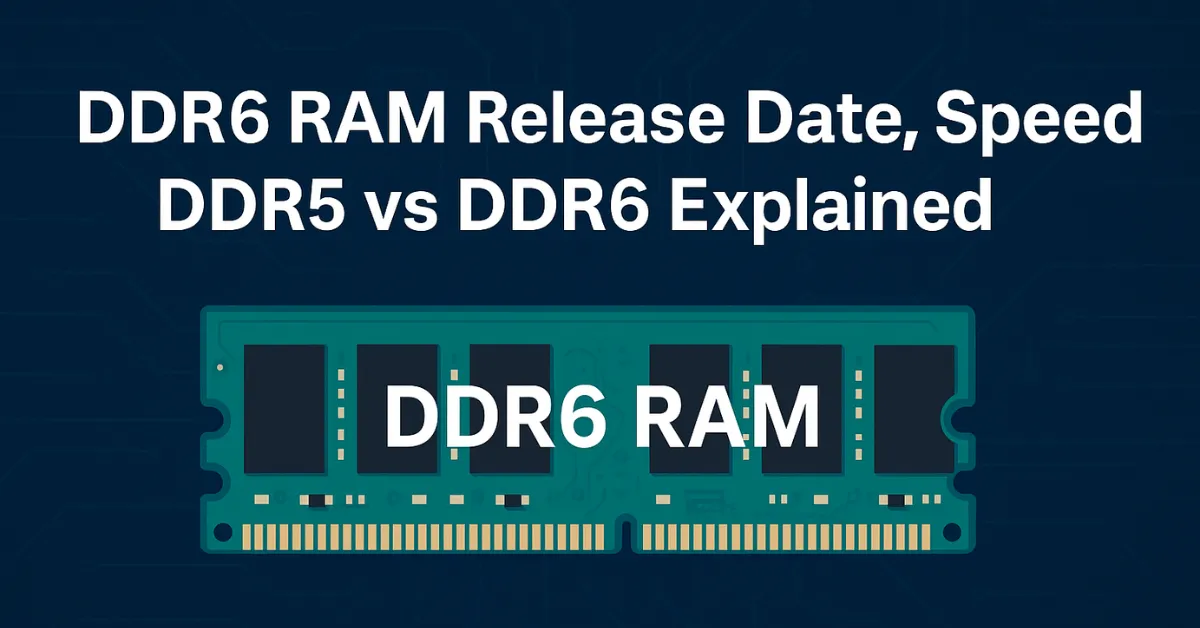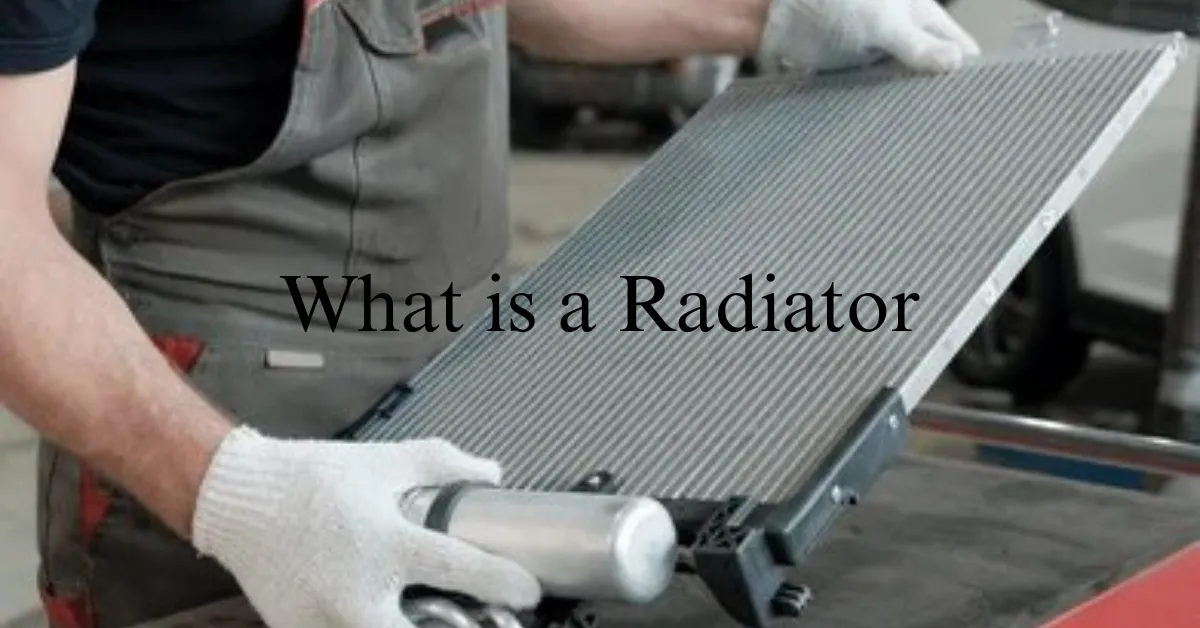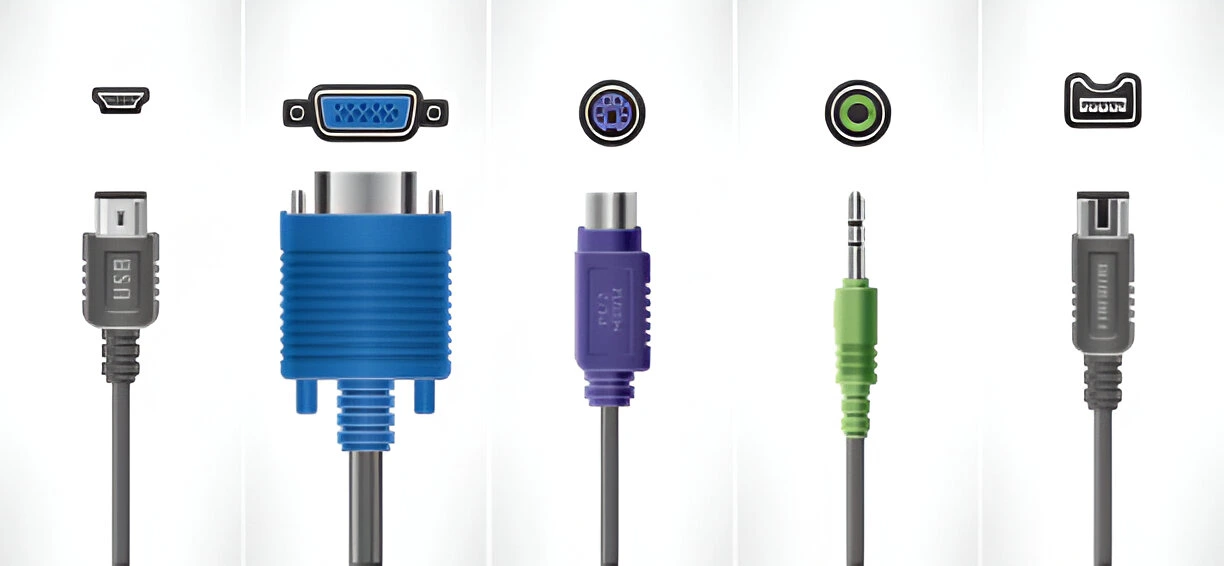Headphone Dent: Is It Real, Dangerous, or Just a Myth?
Many people who wear headphones regularly—especially gamers and streamers—have experienced or noticed what seems like a dent in their head. This has sparked online debates, with some users claiming they now have a “headset dent” or “gamer head.” But is this condition real? Can headphones really dent your skull? Or is it just a temporary mark on the scalp?
In this guide, we’ll examine the facts behind headphone dents, address the growing myth, and offer practical tips to avoid any long-term effects from wearing your headset for hours each day.
What Is a Headphone Dent?
A headphone dent refers to a noticeable indentation or mark on the top or sides of your scalp after prolonged headphone use. Many people mistake this for a skull deformity, but in most cases, it’s simply a compression of the skin, muscle tissue, or hair.
There’s no medical evidence to suggest that wearing headphones can permanently dent or reshape your skull. What you’re likely seeing is a visible line or shallow depression caused by consistent pressure from a tight headset.
Are Headset Dents Real or Just a Visual Trick?
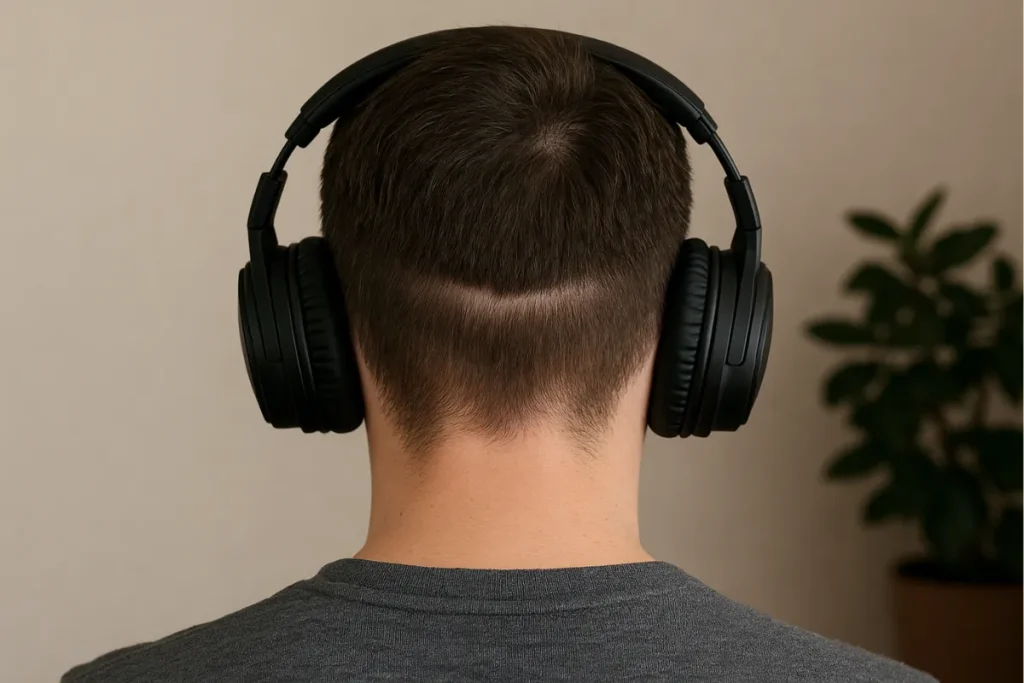
People often wonder: “Are headset dents real?” or “Is gamer head real?” The short answer is yes and no.
Yes, you can see and feel an indentation after using headphones for several hours. But this isn’t a real “dent” in the skull. The skull is made of strong bone and cannot be dented by headphones unless there’s been trauma or an underlying medical condition.
This visual trick is often due to:
- Flattened hair
- Skin compression
- Muscle tension from poor posture
- Sweating and friction
Terms like “headset in skull,” “indentation in scalp,” and “headphones on head” exaggerate the issue. It’s more a cosmetic effect than a structural one.
What Causes a Headphone Dent?
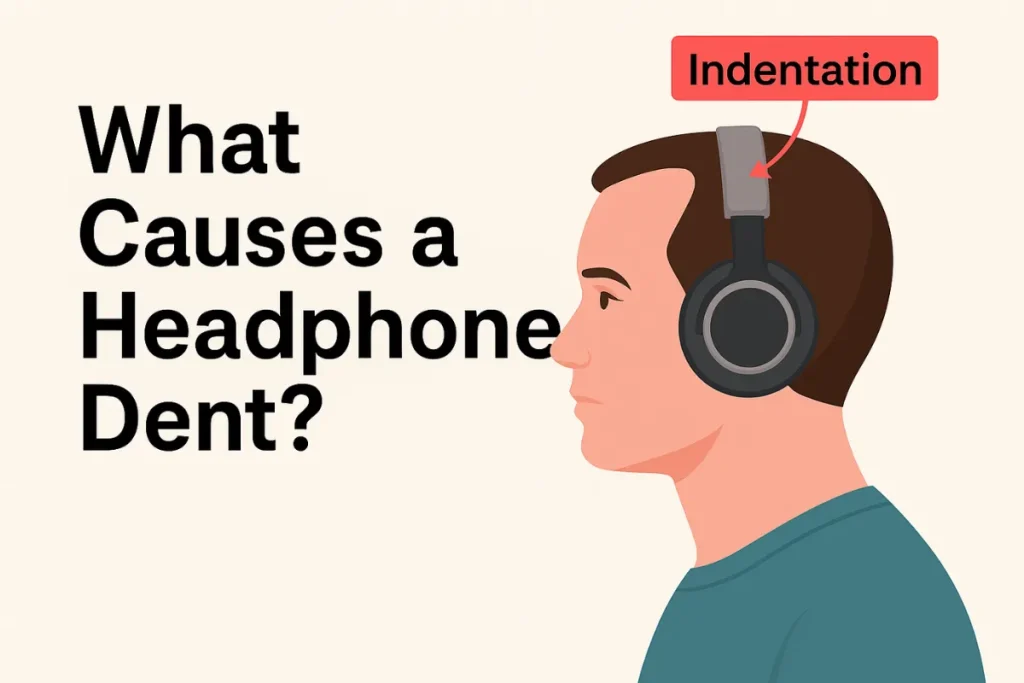
There are several reasons why people experience dents or marks from headphones:
- Tight Clamping Force: Over-ear headphones with strong headbands can press into your scalp over time.
- Prolonged Use: Gamers or streamers who wear headsets for 6+ hours daily are more likely to develop visible lines or dents.
- Wet or Oily Hair: Wearing headphones with damp or oily hair increases the pressure on the scalp and may exaggerate the mark.
- Improper Fit: A poorly designed or oversized headset may put extra stress on one point of the head.
This is why some users, especially those with shaved or thin hair, report more pronounced dents or discomfort. If you’ve seen the viral “Tyler1 headset” or “Timthetatman head” memes, you know how widespread this concern is among the gaming community.
Some gamers and streamers also use custom setups involving daisy chaining audio equipment, which can contribute to awkward head positions and increased headset pressure.
Can Wearing Headphones Affect Hair or Skull Shape?
Hair can be affected more than your skull. Flattened or parted hair, also called “headset hair,” is common. In some extreme cases, prolonged pressure may contribute to minor hair thinning or breakage.
Can wearing headphones cause hair loss? Not directly. But if you’re wearing tight headphones on the same spot daily—especially with wet or fragile hair—it might contribute to traction alopecia over time.
As for the skull, terms like “skull deformation,” “gamer head shape,” or “headset skull” are misleading. Your skull cannot be reshaped by headphones. Cartilage reshaping might occur elsewhere in the body (like the nose), but not in the adult skull.
While structural changes to the skull are unlikely, long-term headphone use can still impact your health in other ways, including potential risks to hearing, as noted by Harvard Health Publishing.
Do Headphone Dents Go Away?
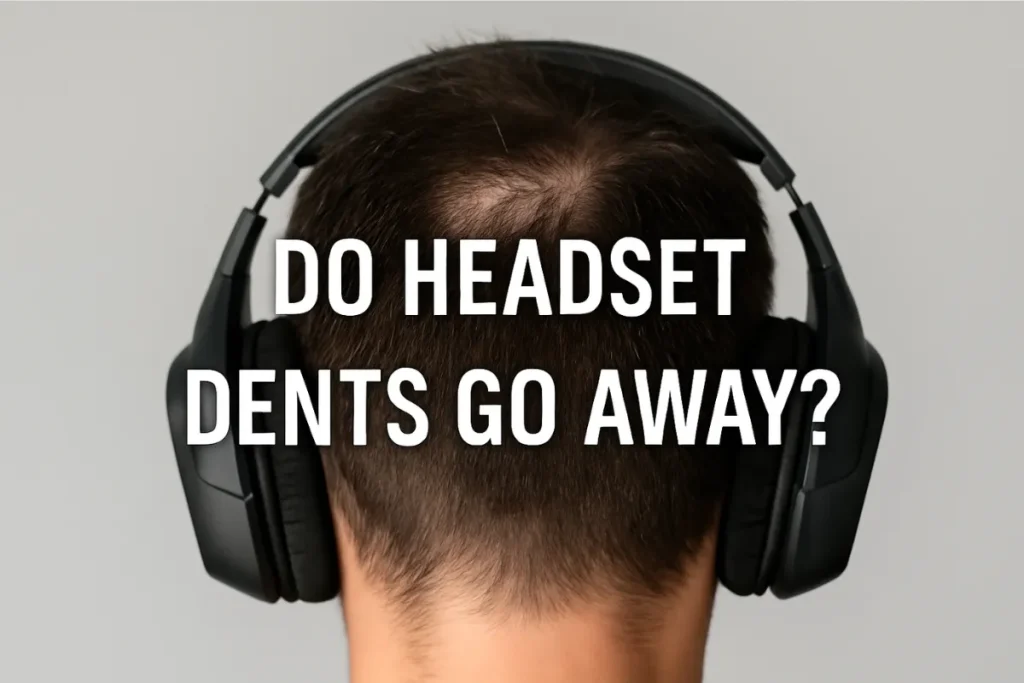
In most cases, yes. Headphone dents usually disappear within 15–60 minutes, depending on the depth and duration of pressure. Sometimes it may take a few hours if the headset was especially tight.
If you still feel or see the mark after 24 hours, check for:
- Swelling or bumps (could be an allergic or inflammatory response)
- Recurring discomfort (headset may be too tight or misaligned)
- Skin irritation or rash
Most importantly, don’t panic. Even prominent dents seen in streamers or gamers are usually temporary. There is no evidence to support the idea that “headset dents are permanent.”
How to Fix a Headphone Dent Safely
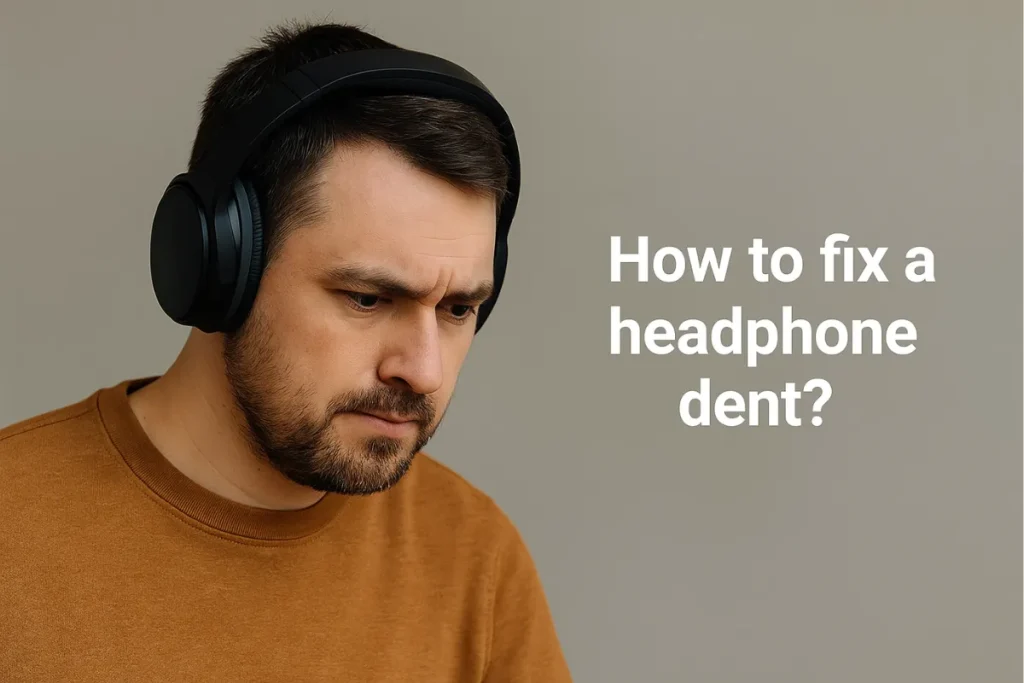
If you notice a visible or tactile dent after wearing headphones, try the following:
- Wait it out: Most dents vanish on their own within an hour.
- Gently massage the area: Stimulate blood flow and loosen compressed skin and tissue.
- Use a warm towel: Apply to the area for a few minutes to relax muscles and relieve tension.
- Style your hair: If it’s just a cosmetic dent, brushing or wetting your hair may eliminate the mark.
In case of persistent scalp dents or bumps, especially with symptoms like itching, soft spots, or pain, consult a dermatologist or neurologist. Conditions like cysts, bone lesions, or even tumors (e.g., a malignant tumor of smooth muscle) are rare but possible.
Odd setups—such as RJ45 cable positioning near gaming chairs—can influence posture, increasing headset pressure on the same scalp area.
How to Prevent Headphone Dents in the Future
Prevention is easier than cure when it comes to headset marks. Here are practical steps to avoid getting a dent from your headphones:
- Adjust Clamping Force: Some headsets are adjustable. Reduce tightness if possible.
- Add Cushioning: Use a headband pad or foam strip under the headband.
- Alternate Headsets: Switch between over-ear and in-ear headphones.
- Take Breaks: Give your head a rest every 1–2 hours.
- Wear a Cap or Bandana: This acts as a barrier and spreads the pressure.
- Avoid Wet Hair: Always dry your hair before using headphones.
These tips can also prevent secondary issues like hair loss, flattened hair, or scalp tension.
The Tyler1 Headset Dent Meme: Fact or Fiction?
Tyler1, a popular Twitch streamer, became an internet sensation not just for his gameplay but also for what fans call the “Tyler1 head.” He’s often shown with a visible indentation on the top of his head due to prolonged headset usage.
While many memes label this as a permanent skull dent, it’s highly unlikely to be anything other than scalp compression and hair pattern changes. Streamers like “Nickmercs” and “Timthetatman” have also been part of this trend, adding fuel to the “gamer head” myth.
Social media platforms like TikTok and YouTube Shorts have helped spread this misinformation, but science paints a different picture.
Are Headset Dents Dangerous or Harmless?
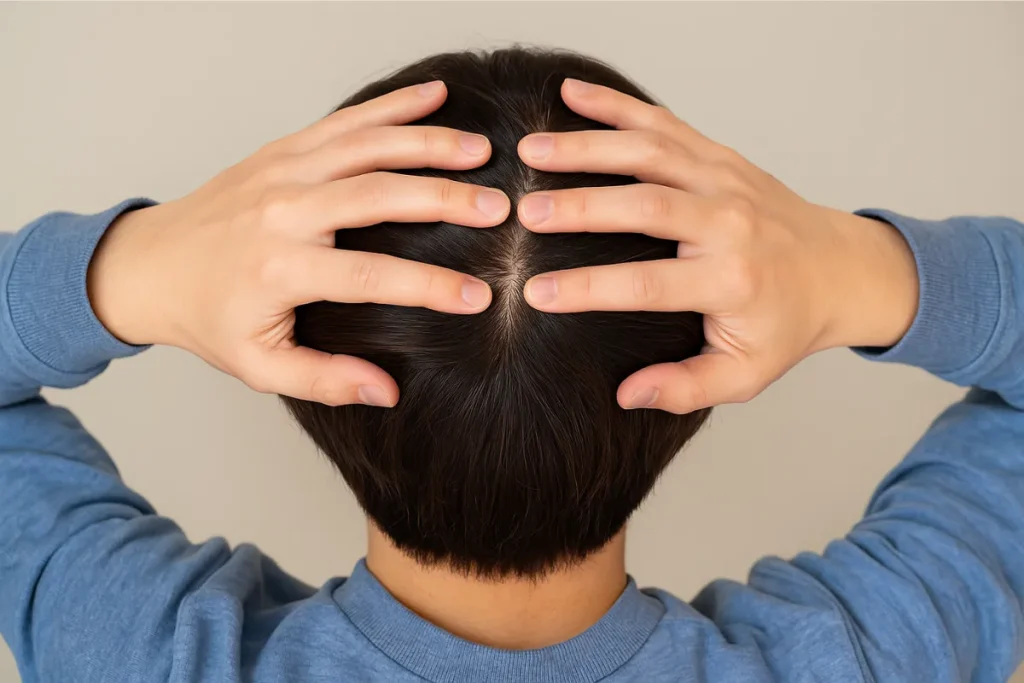
In most cases, they’re harmless. Headphone dents are cosmetic and temporary. However, in rare cases, visible or painful bumps could signal underlying medical issues, including:
- Lipomas or cysts
- Scalp folliculitis
- Bone growth abnormalities
- Rare tumors
If you’re worried about an unusual dent, especially one that feels soft, painful, or is growing, it’s important to seek medical advice.
Understanding the risks requires careful interpretation of clinical observations—similar to data validation in medical studies—to separate myths from facts.
Myths and Misinformation About Gamer Skull Dents

The idea of “headphones denting your skull” has been overblown by internet culture. Popular memes, viral videos, and exaggerated stories have turned a temporary impression into a feared phenomenon.
Here’s what’s not true:
- Headphones cannot dent bone unless trauma is involved.
- No headset can change your skull shape.
- You cannot get a gamer skull from a headset.
- No study proves headset dents cause permanent head deformities.
Understanding skull anatomy helps: The human skull is strong, and minor, external pressure from headphones is nowhere near enough to change its structure.
The spread of these myths could be compared to calculating the probability of default in misinformation spread—where one viral post triggers widespread belief.
Best Ways to Wear a Headset Without Leaving a Mark
Your goal should be comfort and safety. Here are ways to wear a headset without causing visible marks:
- Choose lightweight, ergonomic designs.
- Wear headphones slightly behind the crown of the head.
- Use open-back models if possible (less pressure).
- Keep the hair dry and clean before long sessions.
- Position ear cups properly to avoid tilting the headband.
Consider buying gaming headphones that prioritize comfort. Brands like Logitech, SteelSeries, and Razer offer designs meant for long-term wear with minimal scalp pressure.
Comfort improves drastically with ergonomic cable and connector placement, ensuring nothing interferes with natural head movement.
Do Gaming Headsets Cause Long-Term Issues?
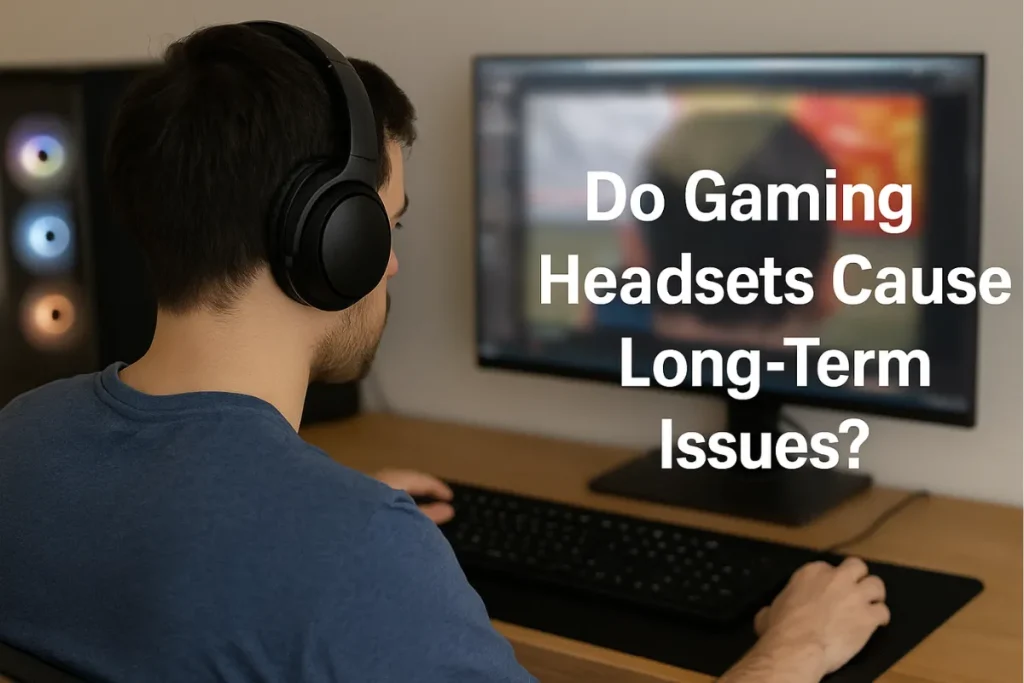
So far, there is no strong evidence that gaming headsets cause long-term physical damage to the skull or brain. However, prolonged usage without breaks may lead to:
- Tension headaches
- Neck strain
- Scalp irritation
- Hair breakage
These aren’t dangerous but can affect your comfort and appearance. Always balance headset use with proper ergonomics and rest.
Extended sessions often combine headset use with long-term visual focus, where screen resolution’s role in eye strain can’t be ignored.
Table: Quick Fixes and Prevention Tips
|
Problem |
Fix Tip |
Prevention Strategy |
|
Visible scalp dent |
Wait, massage, warm towel |
Adjust fit, add padding |
|
Flattened hair |
Style hair, wash and dry |
Use soft barrier (scarf, cap) |
|
Headset hair loss |
Avoid tight fit, rotate models |
Use lighter headphones |
|
Pressure soreness |
Switch models, take frequent breaks |
Headband cushioning, ergonomic posture |
Final Thoughts: Should You Worry About Headphone Dents?
Most headphone dents are temporary, harmless, and fixable. They may look odd or concerning, but they rarely indicate a real health issue. With the right headset fit, scalp care, and usage habits, you can enjoy gaming, music, or streaming without worry.
So the next time you notice a line in your scalp after removing your headphones, don’t panic. It’s not a dent in your skull—it’s just a reminder to give your head a well-deserved break.
FAQs
Is headset dent a real thing?
Yes and no. Headset dents are real in appearance but not in bone structure. What people refer to as a “headset dent” is usually a temporary compression of skin or hair caused by prolonged pressure from headphones. The human skull is too rigid to be indented by a headset alone unless there’s a pre-existing condition or trauma.
So while the dent looks and feels real, it’s not damaging or permanent in most healthy individuals.
Are headset dents permanent on Reddit?
On Reddit, users often debate whether headset dents are permanent. The majority consensus is that they are not. Most comments from real users and experts indicate that headset dents fade away within minutes to hours after removing the headset. Reddit threads also highlight that skull dents from headphones are highly unlikely and mostly myths, often fueled by memes or exaggerated posts.
Is the Tyler1 headphone dent real?
The Tyler1 headphone dent, which went viral online, is not a permanent skull deformity. It is most likely a result of:
Scalp compression
Hair flattening
Extended use of a tight headset
While the indentation in photos and videos looks real, there is no medical evidence that Tyler1 or any streamer has an actual skull dent caused by headphones. It’s become more of an internet meme than a medical fact.

